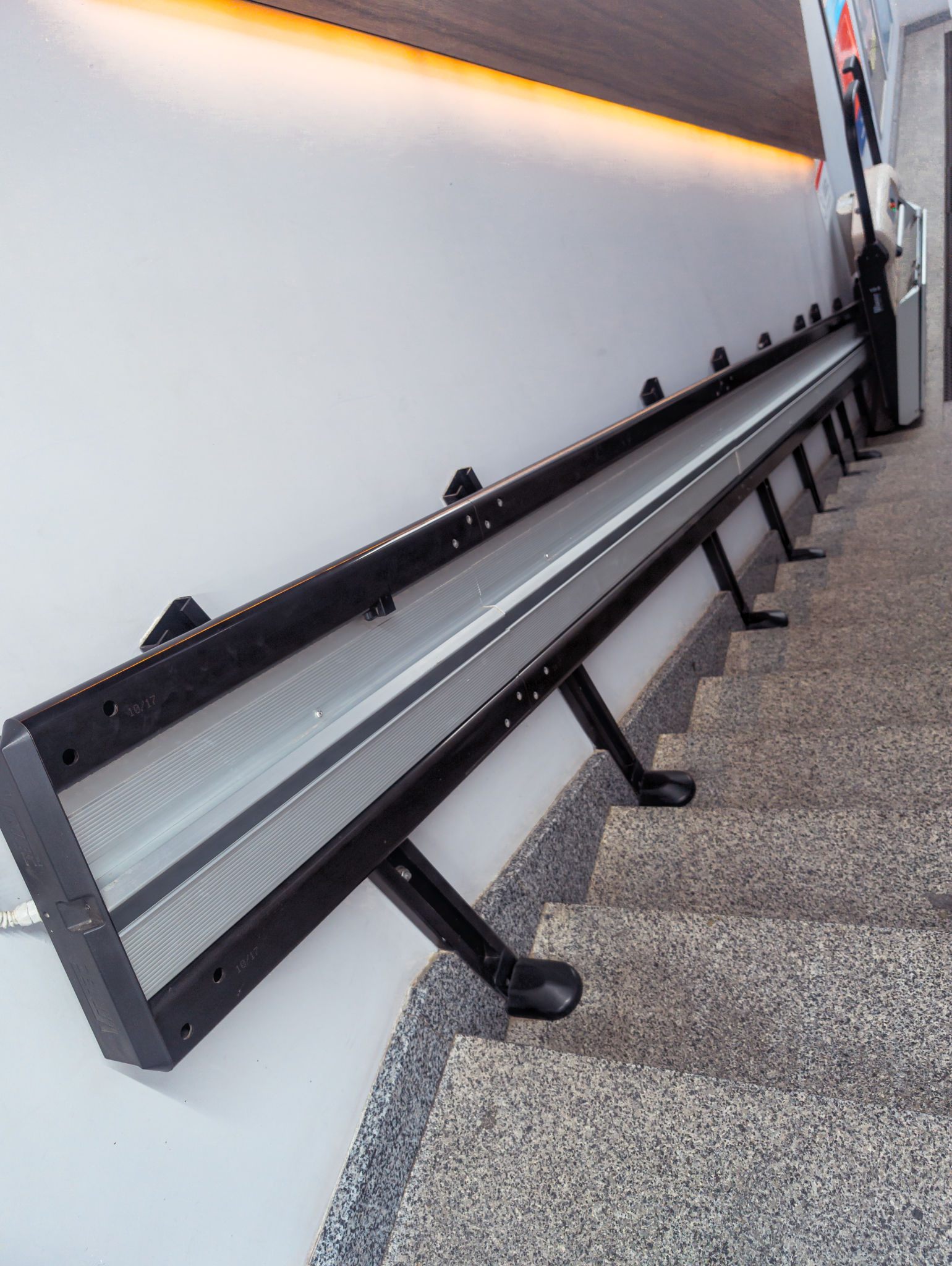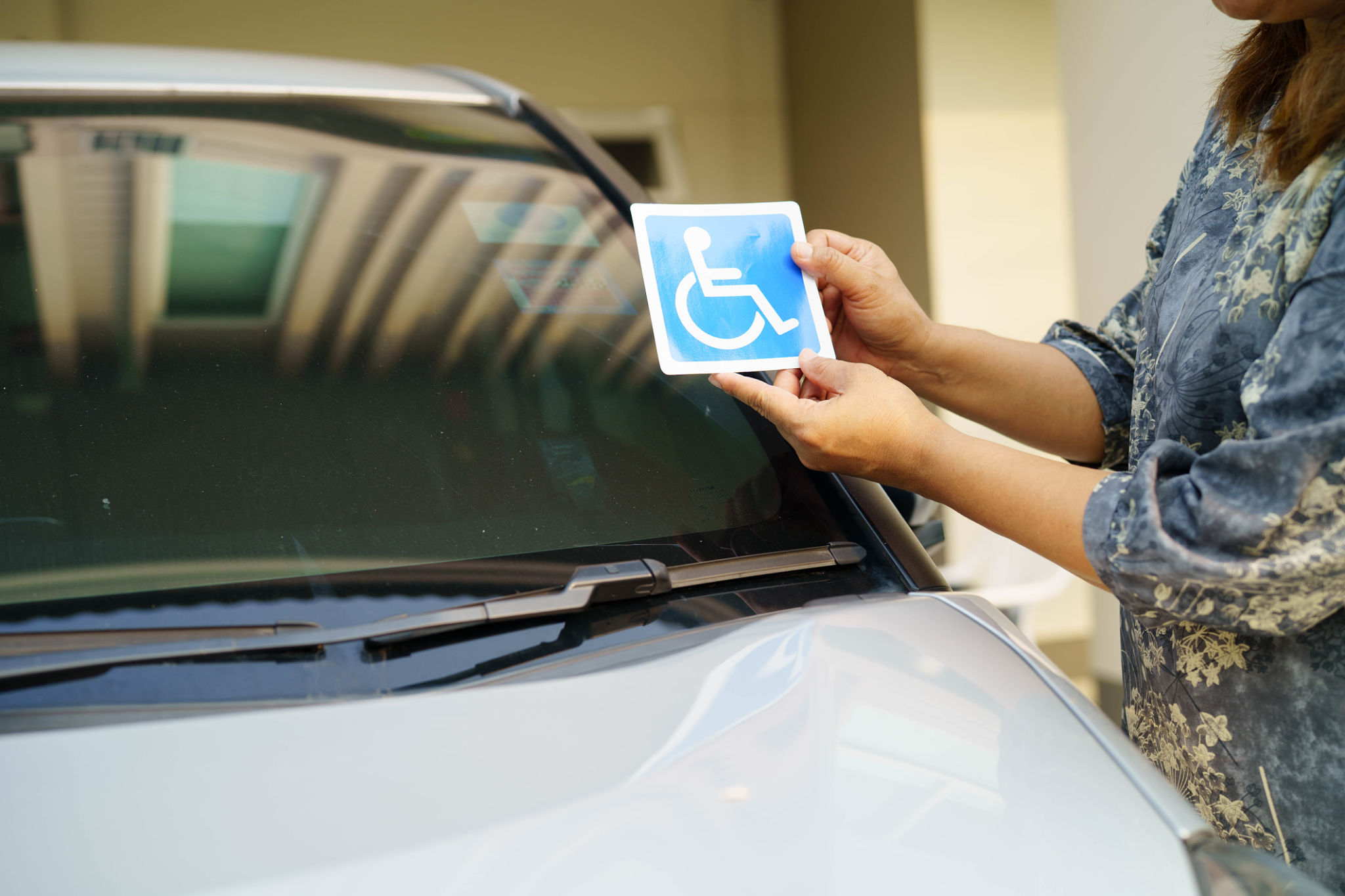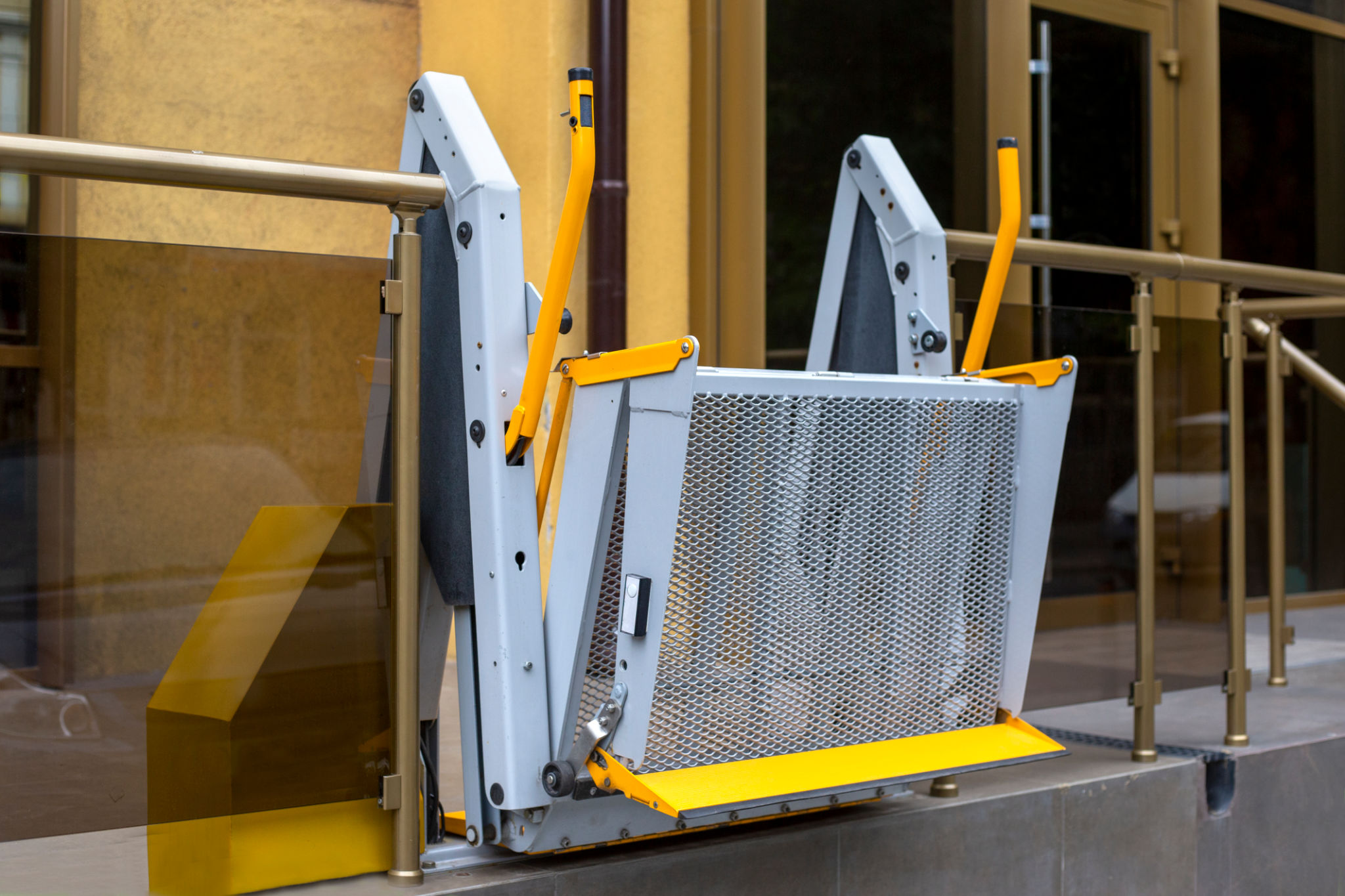Myth-Busting: Common Misconceptions About Cassette Lifts
Understanding Cassette Lifts
Cassette lifts, an innovative solution in the realm of accessibility and mobility, are often misunderstood. These devices, designed to assist individuals in wheelchairs, are integrated into vehicles, providing a seamless transition between the ground and the vehicle interior. While they are becoming increasingly popular, several misconceptions still surround their use and capabilities.
One common myth is that cassette lifts are cumbersome and difficult to operate. In reality, they are engineered for ease of use, with intuitive controls and automatic features that require minimal manual assistance. This simplicity ensures that users can operate the device independently, enhancing their mobility and independence.

Myth: Cassette Lifts Are Only for Commercial Vehicles
A prevailing misconception is that cassette lifts are exclusively used in commercial vehicles like buses and vans. This is not true. Cassette lifts can be installed in a variety of personal vehicles, including SUVs and minivans. Their versatility makes them suitable for private use, offering individuals greater freedom of movement in their personal lives.
Furthermore, these lifts are designed to be compact and discreet, allowing them to fit seamlessly into personal vehicles without compromising aesthetics or space. This integration ensures that users can maintain the functionality of their vehicles while benefiting from the added accessibility.

Myth: Installation Is Complex and Expensive
Another common myth is that installing a cassette lift is a complex, costly process. While any vehicle modification involves an investment, the cost of installing a cassette lift can often be offset by the increased independence it provides. Moreover, many manufacturers offer financing options or work with insurance providers to make these devices more affordable.
Installation is typically straightforward when performed by professionals who specialize in vehicle adaptations. These experts ensure that the lift is installed safely and efficiently, providing peace of mind and ensuring long-term reliability.

Myth: Cassette Lifts Require Frequent Maintenance
Some people believe that cassette lifts require constant maintenance to remain operational. However, these devices are built to be durable and low-maintenance. Regular checks and servicing, much like maintaining a vehicle, are usually sufficient to keep them in optimal working condition.
Manufacturers design cassette lifts to withstand daily use and various weather conditions, ensuring they remain reliable over time. By following recommended maintenance schedules, users can enjoy the benefits of their lifts without frequent interruptions.
Conclusion
Cassette lifts are a valuable tool for enhancing mobility and independence for individuals using wheelchairs. By dispelling these myths, we can better appreciate their capabilities and encourage more people to consider them as a viable option for improving accessibility. Understanding the true nature of cassette lifts can help break down barriers and foster a more inclusive society.
